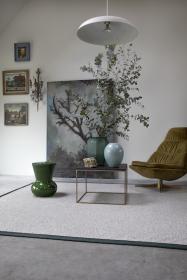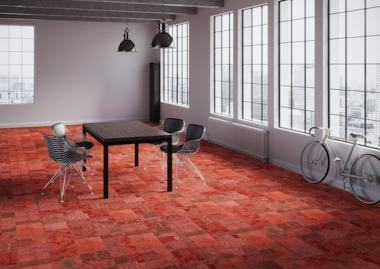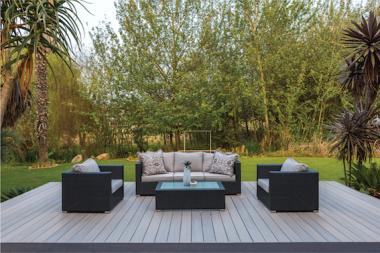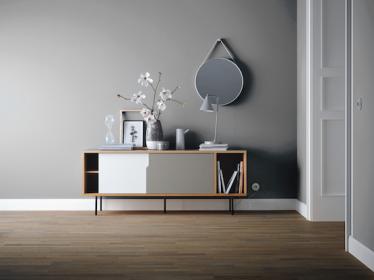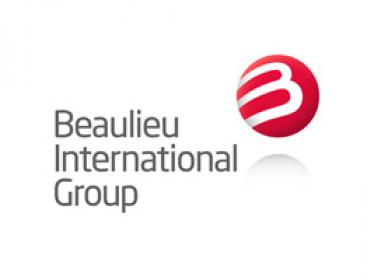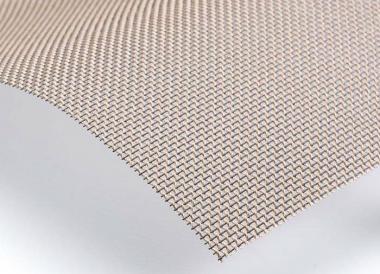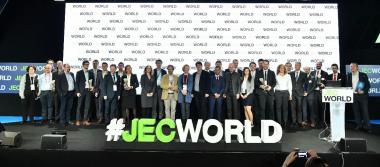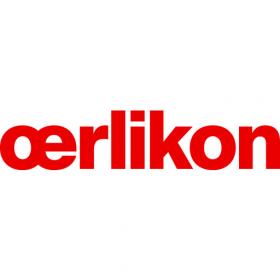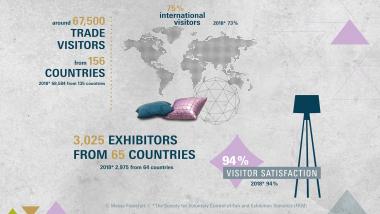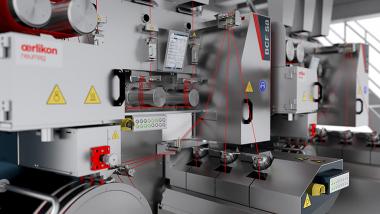Lectra’s Annual Event, ‘Winning Over the New Fashion Consumer’ Demonstrates the Power of Data in Fashion
Companies get a close-up of new consumer buying journey and explore how they can meet challenges with Lectra’s latest technologies and industry experts
Lectra cements its position as a fashion industry opinion maker by leading a much-awaited discussion on new consumer behavior at its latest fashion event, ‘Winning Over the New Fashion Consumer’ in Bordeaux-Cestas, France.
More than 75 industry insiders and market experts from 14 countries convened at Lectra’s International Advanced Technology and Conference Center (IATC) for two days to examine how the digital age is bringing about major shifts in consumer behavior. Today’s digitally attuned consumers have become co-creators in the production process, changing the fashion landscape entirely.
The keynotes, live demonstrations, and customer testimonials highlighted the importance of process digitization and data analysis for meeting new consumer needs. The event kicked off with two keynote speakers. Peter Jeavons, Managing Director of First Insight Europe, stressed the importance of using data to understand the hyperconnected fashion consumer. Craig Crawford, Strategist and Founder of CrawfordIT, outlined the arising challenges and opportunities from these changes, and urged fashion companies to embrace digital transformation internally by cultivating a conducive environment for it.
Beyond just understanding the new fashion consumer, the event stressed on the importance of leveraging data to deliver customer-centric services and products. Lectra presented their responses to this challenge in the form of two new major solutions, Kubix Link and Fashion on Demand by Lectra.
Lectra, PLM
lectra









